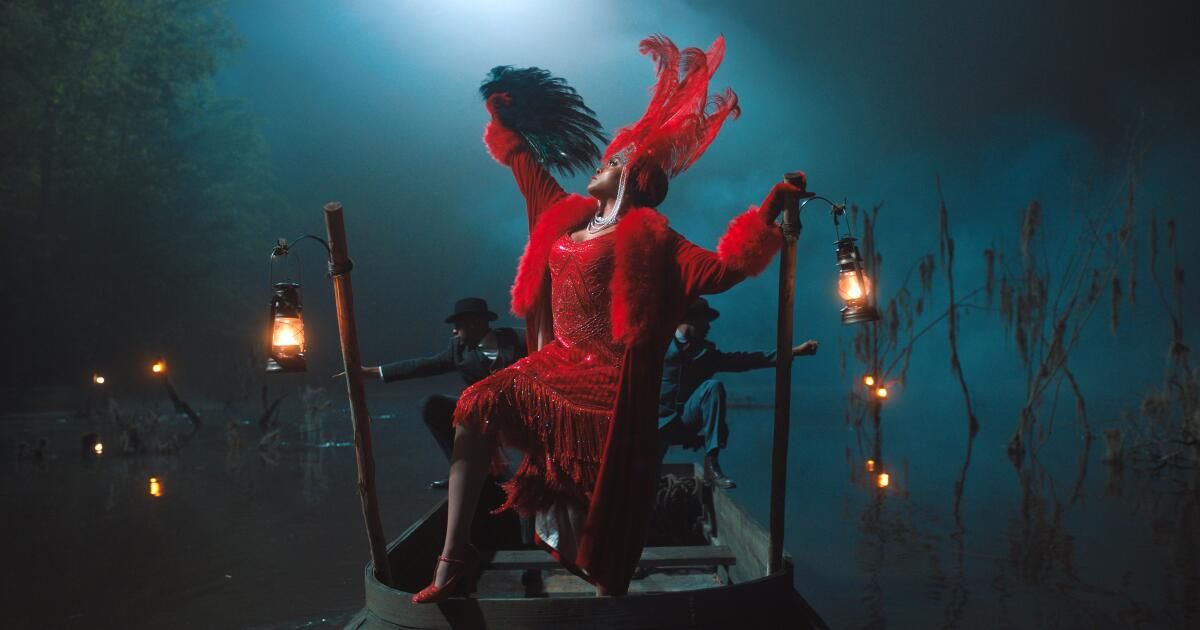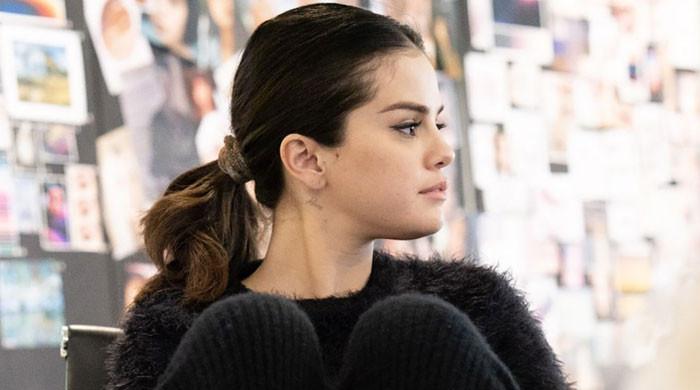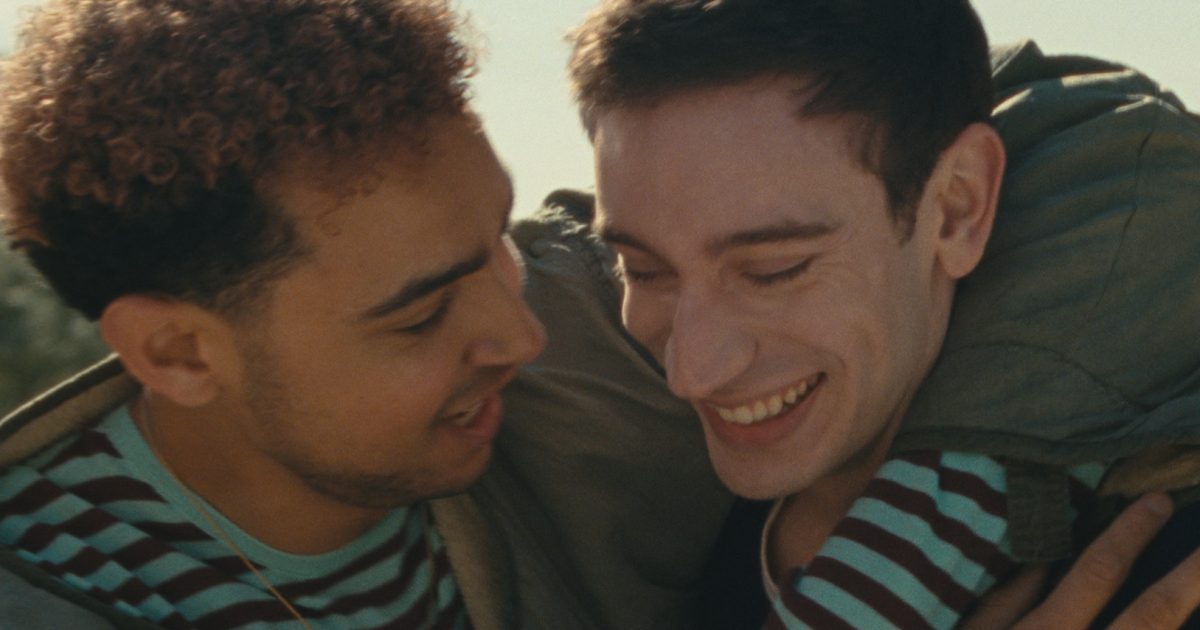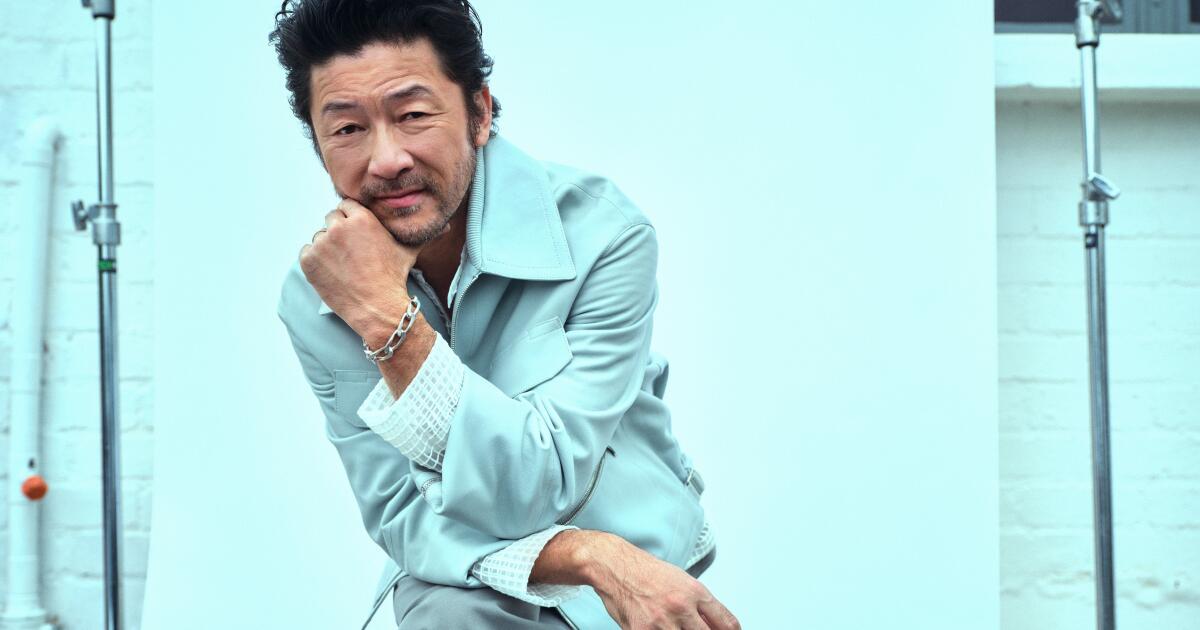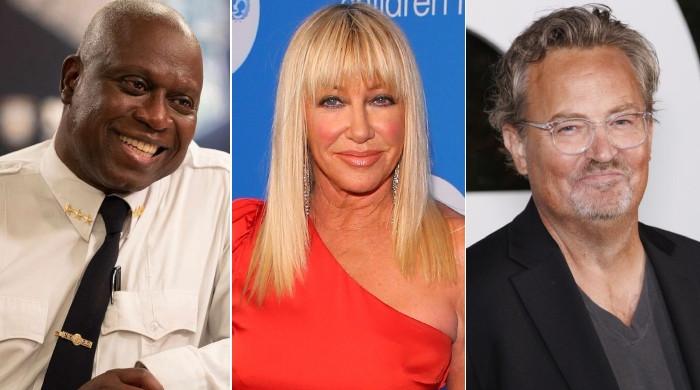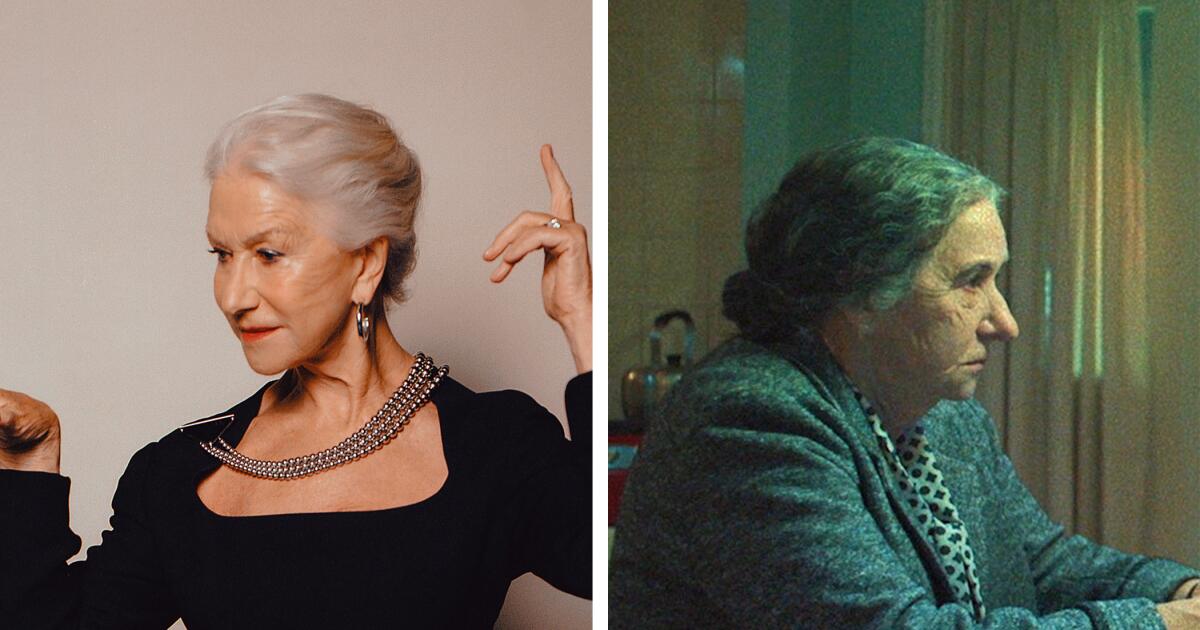It's not often that a person takes a second bite at the apple in Hollywood. But Francine Jamison-Tanchuck has a good idea of what that feels like today: Not only is she the costume designer for “The Color Purple,” a film adaptation of the Broadway musical, but in 1985, she was the supervisor. of women's clothing in… “The color purple”.
Jamison-Tanchuck, a costume veteran in both television and film, spoke with The Envelope to discuss her early work dressing only women, her influence on “West Side Story” and her preference for wearing a “uniform.” ” while working on set.
Your entranceIn the past, my entry into the business was helped by entering an apprenticeship program for people of color. Decades later, the industry continues to create such programs. What does that tell you about the evolution of Hollywood (or lack thereof)?
“The Color Purple” costume designer Francine Jamison-Tanchuck also worked on the 1985 non-musical film version.
(Eli Ade/Warner Bros. Pictures)
Looking back over the years, I didn't let things get in the way of me. My mother was a surgical nurse and my father was a classical pianist. I just came out of a family that never allowed us to say what we can't achieve. I refuse to let anyone tell me, “You can't do that because of who you are.” I do not allow it. That gives me the confidence and energy to keep going.
Was there a moment that made you decide to become a costume designer?
I loved creating characters and I loved movies. I remember a movie on television called “Sayonara” and I was amazed by the costumes. I remember “West Side Story” when I was just a little kid. I learned to sew when I was 7 years old; My mother showed me, but I was not allowed to enter. [sewing] machine up to 9 years old. But I liked making clothes for my dolls and other people's dolls.
Many of your early credits include you as costume supervisor for “women,” including “The Color Purple” from 1985. I think some of us forgot that the gender division existed.
In a way I can understand it, because I think some women were more comfortable with other women, and vice versa, I guess, with men, but that's where we were. That's how things evolved. I worked on “The Color Purple” with the wonderful Aggie. [Guerard] Rodgers, who was a dear friend.
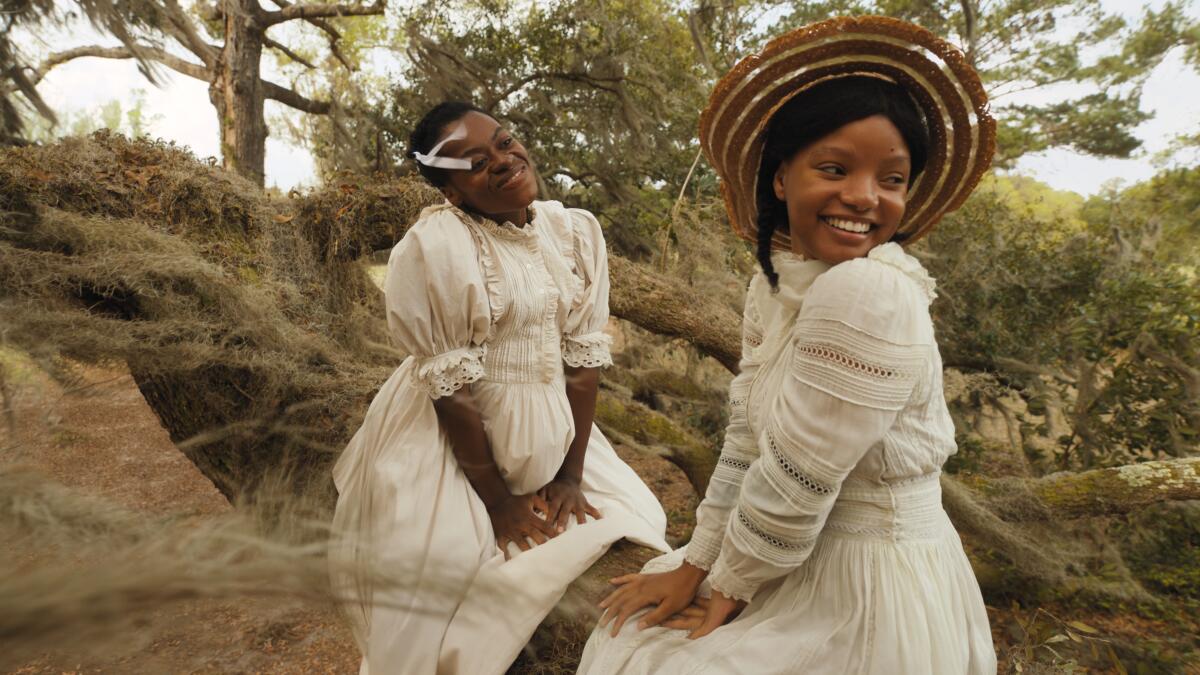
The film begins in the early 20th century, when colors were dull and simple. As the story progresses, the colors become darker and brighter.
(Warner Bros.)
Is that how your original work on “Color Purple” came about? Did you know Aggie?
She invited me as a ladies' supervisor. My job was to select many costumes from the costume houses and line them up like an assistant. What I remember so vividly was [stars] Whoopi Goldberg and Oprah Winfrey and all the wonderful costumes Aggie designed. I tried to keep a little of that in this newer version of the film: the red of [Shug’s] dress and the feathers of her headdress. I got Aggie's permission to copy some of that. She said, “Honey, do it.”
How did you want to do things differently for this year's musical version? What was the order?
[Director Blitz Bazawule] He is a very colored person. The influence of color, style and texture was important to him. He was even more defiant [because it was a musical] – you are dealing with dancers and with a lot of backgrounds. You can't allow prom outfits to be extravagant. We had to maneuver to keep things real but also to keep them lively. With the directors alone, we were looking at 30 to 40 people; with the entire film, more than a thousand. Thousands of costumes.
The colors of the film evolve on a journey of their own: from pastels to bright colors. That must have been intentional.
[Early on] It's about the rural summer and the period, 1909, 1920, when the colors are a little somber. As things progressed, the colors became darker, until the end when [Celie] has it [clothing] buy and burst with color. We're talking about 1946, just before Christian Dior's new look appeared. I wanted, and Blitz wanted, for the color to explode in some way, because she's happier, she's more mature, she's coming out of this world of trauma and she finally knows who she is.
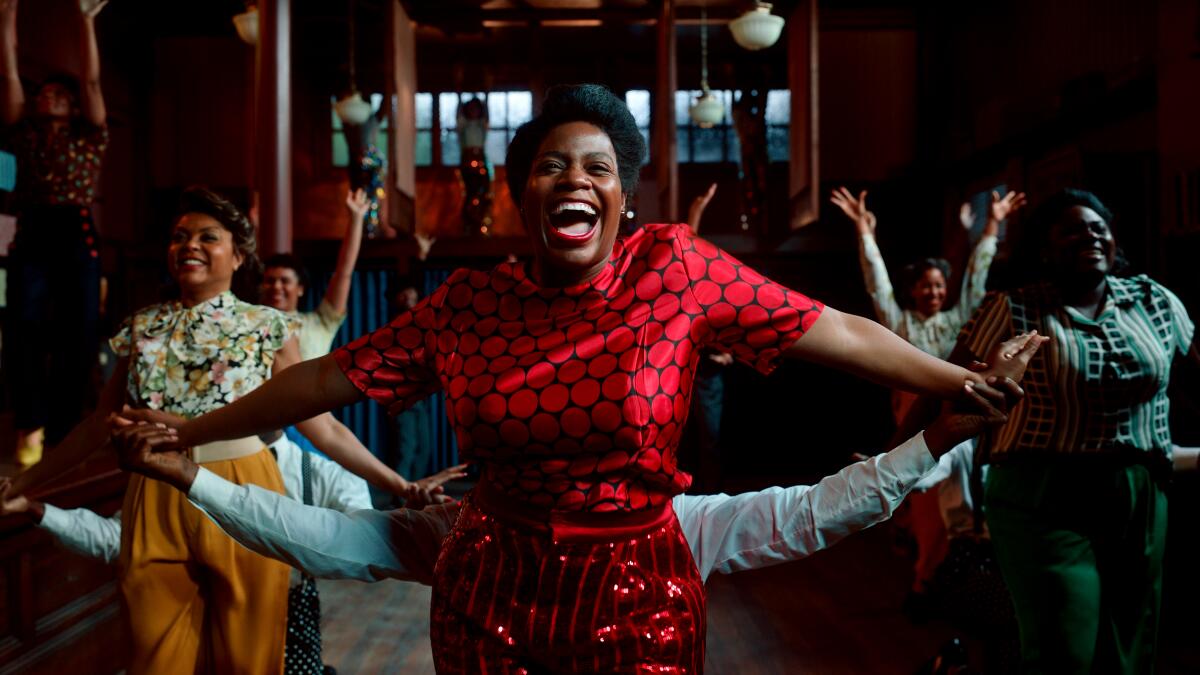
Towards the end of the story, as Celie (Fantasia Barrino) comes into her own, the colors of the dress become bold and bright.
(Images from Warner Bros.)
How conscious are you of what you use every day? Or are you a “work out at home” type of person like the rest of us?
Sports pants around the house. In fact, I have a few positions right now. When I work, I like to think that I'm wearing a uniform, something simple, modern and nice that I don't have to spend a lot of time on because my mind is on designing this particular film.
Is there any advantage to a black costume designer creating clothes for black people?
It's helpful for me to have a costume designer with vision. That person can be of any color. Costume designers consider ourselves artists. We are artists. Aggie Rodgers is a person of Irish descent and was a costume designer on the first film “The Color Purple.” I like the idea of symphonies choosing their musicians: they go behind a curtain and you don't know who is behind the curtain, you just choose the music. You see costumes on the screen and you don't know if this person is someone of color, young or old. Look at my work, not just the color of my skin or my gender. Look what I can do. See how it lines up on the screen.

